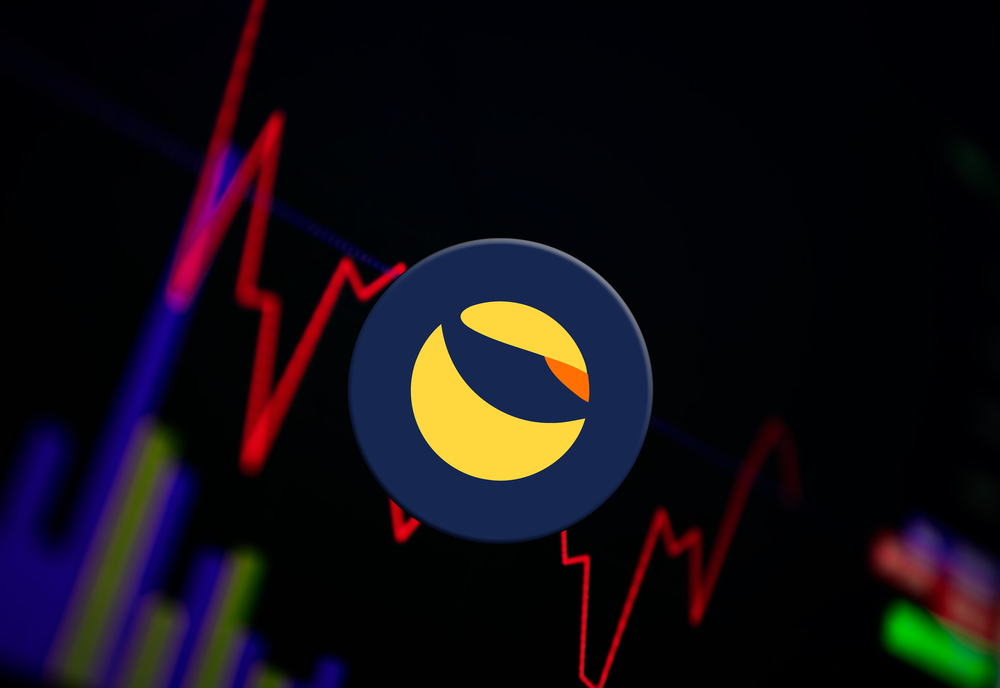How Do Kwon Caused The Luna Crash

Author: Maria Andretti
Last Updated: 31 May 2022
Do Kwon, a trash-talking entrepreneur from South Korea, called the cryptocurrency he created in 2018 “my greatest invention.” In countless tweets and interviews, he trumpeted the world-changing potential of the currency, Luna, rallying a band of investors and supporters he proudly referred to as “Lunatics.”

Mr. Kwon’s company, Terraform Labs, raised more than $200 million from investment firms such as Lightspeed Venture Partners and Galaxy Digital to fund crypto projects built with the currency, even as critics questioned its technological underpinnings. Luna’s total value ballooned to more than $40 billion, creating a frenzy of excitement that swept up day traders and start-up founders, as well as wealthy investors.
Mr. Kwon dismissed concerns with a taunt: “I don’t debate the poor.”
When Reality Set In
But last week, Luna and another currency that Mr. Kwon developed, TerraUSD, suffered a spectacular collapse. Their meltdowns had a domino effect on the rest of the cryptocurrency market, tanking the price of Bitcoin and accelerating the loss of $300 billion in value across the crypto economy. This week, the price of Luna remained close to zero, while TerraUSD continue to slide.
The downfall of Luna and TerraUSD offers a case study in crypto hype and who is left holding the bag when it all comes crashing down. Mr. Kwon’s rise was enabled by respected financiers who were willing to back highly speculative financial products. Some of those investors sold their Luna and TerraUSD coins early, reaping substantial profits, while retail traders – including those using eToro – now grapple with devastating losses.
Pantera Capital, a hedge fund that invested in Mr. Kwon’s efforts, made a profit of about 100 times its initial investment, after selling roughly 80 percent of its holdings of Luna over the last year, said Paul Veradittakit, an investor at the firm.
Pantera turned $1.7 million into around $170 million. The recent crash was “unfortunate,” Mr. Veradittakit said
Kathleen Breitman, a founder of the crypto platform Tezos, said the rise and fall of Luna and TerraUSD were driven by the irresponsible behavior of the institutions backing Mr. Kwon. “You’ve seen a bunch of people trying to trade in their reputations to make quick bucks,” she said. Now, she said, “they’re trying to console people who are seeing their life savings slip out from underneath them. There’s no defense for that.”
How Do Kwon Started
Mr. Kwon, a 30-year-old graduate of Stanford University, founded Terraform Labs in 2018 after stints as a software engineer at Microsoft and Apple. (He had a partner, Daniel Shin, who later left the company.) His company claimed it was creating a “modern financial system” in which users could conduct complicated transactions without relying on banks or other middlemen.
Mr. Shin and Mr. Kwon began marketing the Luna currency in 2018. In 2020, Terraform started offering TerraUSD, which is known as a stablecoin, a type of cryptocurrency designed to serve as a reliable means of exchange. Stablecoins are typically pegged to a stable asset like the U.S. dollar and are not supposed to fluctuate in value like other cryptocurrencies. Traders often use stablecoins to buy and sell other riskier assets.
But TerraUSD was risky even by the standards of experimental crypto technology. Unlike the popular stablecoin Tether, it was not backed by cash, treasuries or other traditional assets. Instead, it derived its supposed stability from algorithms that linked its value to Luna. Mr. Kwon used the two related coins as the basis for more elaborate borrowing and lending projects in the murky world of decentralized finance, or DeFi.
BWCEvent aspires to share balanced and credible details on cryptocurrency, finance, trading, and stocks. Yet, we refrain from giving financial suggestions, urging users to engage in personal research and meticulous verification.

